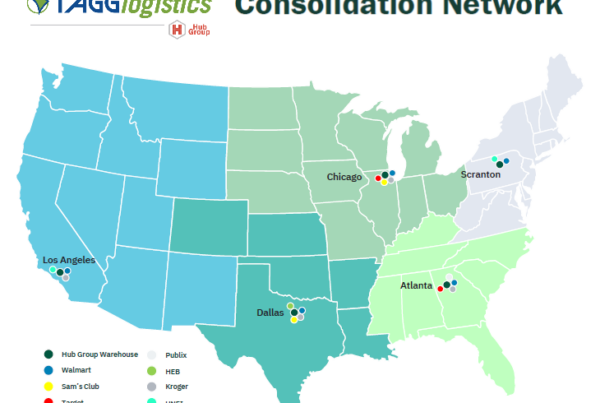Now that the holidays have passed and major shipping carriers, such as UPS and FedEx, were able to overcome the odds against them caused by the disastrous 2013 shipping season, many can let out a huge sigh of relief. This time last year, UPS and FedEx were playing an intense game of catch up with consumers due to severe weather issues that caused hundreds and thousands of delayed package deliveries, leaving families across the nation without presents to open on Christmas morning. Knowing that they could not allow this to happen again, these major carriers worked with their logistics partners to prepare for any “unexpected” weather that may disrupt the supply chains this year.
The largest hurdle that these companies faced was the snow and ice that halted millions of truck drivers from making deliveries on time. In addition to the delays caused, the harsh winter weather increased packing time at warehouse docks and ports, sometimes including complete closures of those facilities. These shippers have even started to add congestion fees and snow and ice removal charges to help mitigate the added costs of truckers having to wait days on end to load a truck. It is crucial to your supply chain that the truckers carrying your goods are as prepared as they can be and that you are there to help them should a Polar Vortex strike again this year. The following 3 tips can help you develop a plan to deal with this year’s potentially stormy supply chain:
- Be Flexible and Know Your Carrier’s Schedule: After last year’s shipping debauchery, UPS and FedEx made immediate changes that went into effect way before the 2014 holiday season. They extended their own hours of operation and scheduled staff to work on Black Friday, and in some locations, on Christmas Day. Flexibility is key with driver’s scheduling appointments for loading and unloading goods. Be sure to maintain clear lines of communication to decrease the time a trucker spends on your dock and know when your carriers are open, closed, or on standby due to winter weather conditions.
- Document Your Own Disaster Recovery Plan and Familiarize Yourself With Your Carrier’s Disaster Recovery Plan: Having knowledge of both parties recovery plans plays a crucial role in ensuring that if a disaster does strike, you are prepared and your goods or your consumer’s products are safe in the hands of your carrier. Business continuity is key when snow and ice storms cause trucking accidents and traffic issues, leading to delayed or lost packages.
- Under Promise and Over Deliver: There is no worse way to damage an established relationship with a client than failing to meet their needs or your promises. By setting realistic goals, including manageable time frames of loading and unloading trucks, staffing the appropriate amount of people to get all jobs done quickly and efficiently, and setting estimated shipping dates to include possible weather delivery issues, you have more potential to gain and retain clients as opposed to breaking that bond. Bad weather is unavoidable, but rather than leave things to chance, it’s best to be honest with your clients. They would much rather receive a package within 7 days, if you give them a 7-10 day transit time versus receiving a package later than promised. Even if the transit time has to be longer than usual, you will beat your given time frame and the client will be more apt to give you additional business in the future.
TAGG’s fulfillment operations are focused on a 1-to-3 day, non-expedited delivery window and we would be happy to answer any of your logistics or fulfillment questions. Simply give us a call at or fill out our contact form.



